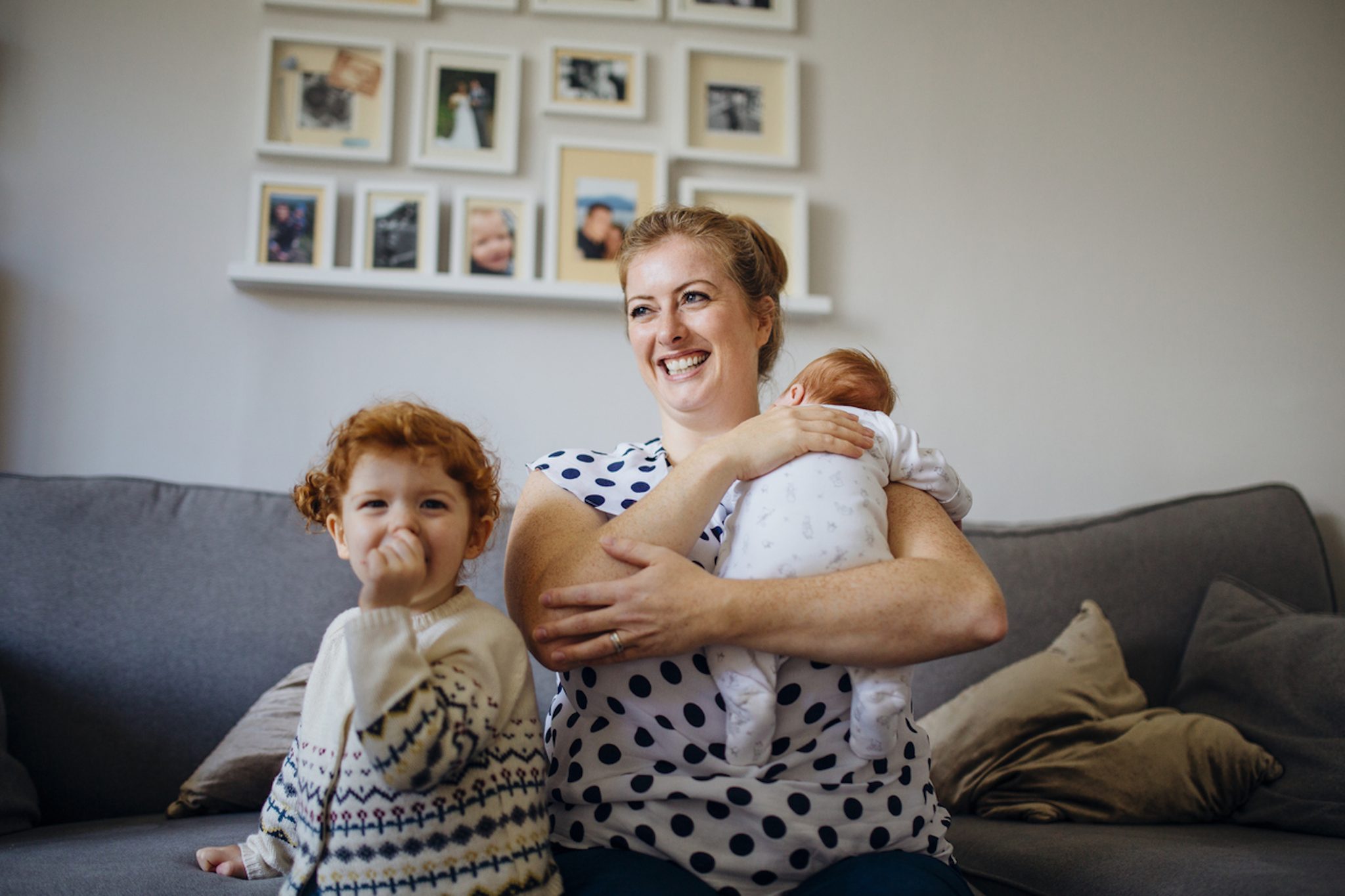When you’re in your 30s, your list of financial goals is still rich and colourful – whether it includes buying a house, affording your dream wedding, or saving for your children’s education. Whilst investing can sometimes feel like you’re navigating a minefield, a tax-efficient ISA can be a simple way to maximise your returns.
ISAs are a great way to grow your money tax-free, but it’s important you understand how they work to ensure you make the most of the opportunity.
Do you need an ISA?
If you’ve got savings or want to invest your money, an ISA can be a crucial in helping you achieve your goals. Whilst there are many different types available, they all serve the same purpose; to help you grow your money more efficiently in a tax-free wrapper.
You can put up to £20,000 in your ISA each tax year, and any growth in the value of your money – whether through a predetermined return on your savings account or from investing – will be protected within a tax-free wrapper.
The ISA allowance can seem daunting for those looking to prepare for the future, but you don’t have to use your entire ISA allowance each year. When you’re in your 30s you’re settling into your career and aren’t yet earning your peak income – but you should still make saving for your future a priority.
By committing to a regular savings plan and putting any lump-sum gifts or inheritance to efficient use in an ISA, you can make the most of your annual allowance and get closer to achieving your goals.
Remember, you’re not able to roll any unused allowance into the new tax year – it’s a case of use it or lose it.
Should you have a cash or stocks and shares ISA?
Whilst cash is often viewed as a beacon of safety to a nervous saver, your money can easily lose purchasing power over time if the returns on your savings account don’t offset the impact of inflation.
Inflation is the enemy of savers. Imagine you had £10,000 in an easy access cash ISA offering you a 1% return. After 12 months, you’d have £10,100. Unfortunately, inflation is currently ahead of the Bank of England’s 2% target – even at 2% the real value of your savings would have fallen to £9,800 – below your initial deposit.
It can be easy to ignore the silent threat of inflation, especially as interest rates start to recover from their record lows. Still, the Bank of England has warned that any further tightening of monetary policy from rising interest rates will be slow and gradual.
Stocks and shares ISA
Savers tired with the negligible returns on cash savings accounts have been looking to the financial markets for the opportunity of inflation-beating returns. By taking on more risk, investors can expect higher returns – although the value of their investments can fall in value too.
By investing through a stocks and shares ISA, investors can protect any growth in the value of their investment and any income in the tax-free wrapper. Whilst you can pick what to invest in and manage your portfolio yourself, this takes time, knowledge and extra money to do right – things many 30-somethings don’t have the luxury of.
Before you start investing, you should prioritise paying off any expensive debt and save up to three months of outgoings and keep it in an easily accessible savings account in case of an emergency.
Whilst you can spread your annual allowance across different types of ISAs – cash, stocks and shares, Lifetime ISA, for example – you can only open and put money in one of each type in one financial year.
Life isn’t always easy to plan for, especially when you’re in your 30s. You’ll have competing priorities vying for your attention and your finances won’t always go as planned. That’s why the flexibility ISAs offer can be so attractive to many investors.
You can withdraw and deposit money into your ISA during the financial year without it affecting your overall annual ISA allowance, and you can easily access your money if you pick the right provider and product. With Moneyfarm you can get your money out in under seven working days.
Investing in your 30s
Before you start investing, you need to understand your investor profile – which is determined by what you’re saving for, when you’ll want your money, and your financial background.
Your investor profile paints a picture of what type of investor you are, outlining the most suitable investments to help you achieve your financial goals.
When you’re in your 30s, your goals might include buying a house or upsizing, getting married, paying for your children’s education, and saving for your dream retirement.
Each of these goals have different time horizons, but can be split into short, medium and long-term investments.
Your time horizon impacts how much risk you can take with your portfolio; the longer you have the more risk you can take. Risk is often misunderstood on the financial markets – it isn’t synonymous with danger like it is in real life.
As risk and return move together, as your level of risk increases, so does your potential return – although the further your investments also have to fall.
The further away your time horizon, the longer your investments have to recover if they do suffer from any short-term fluctuations along the way. This means investors can afford to take on more risk for the chance of blockbuster returns.
Those with short time frames will be more risk-averse, so will accept a lower potential return on their money to protect their initial investment value.
Riskier portfolios will have a larger exposure to equities, whereas more risk-averse investors might prefer bonds to protect the value of their money and benefit from regular income.
It can be difficult to understand your investor profile and set out a successful asset allocation to help you achieve your goals. At Moneyfarm we do this for you, matching you to an investor profile and portfolio that’s built, managed, and rebalanced specifically for your tolerance to risk.





